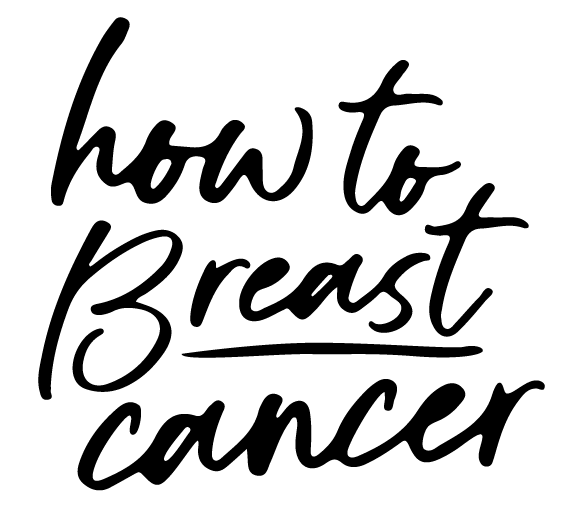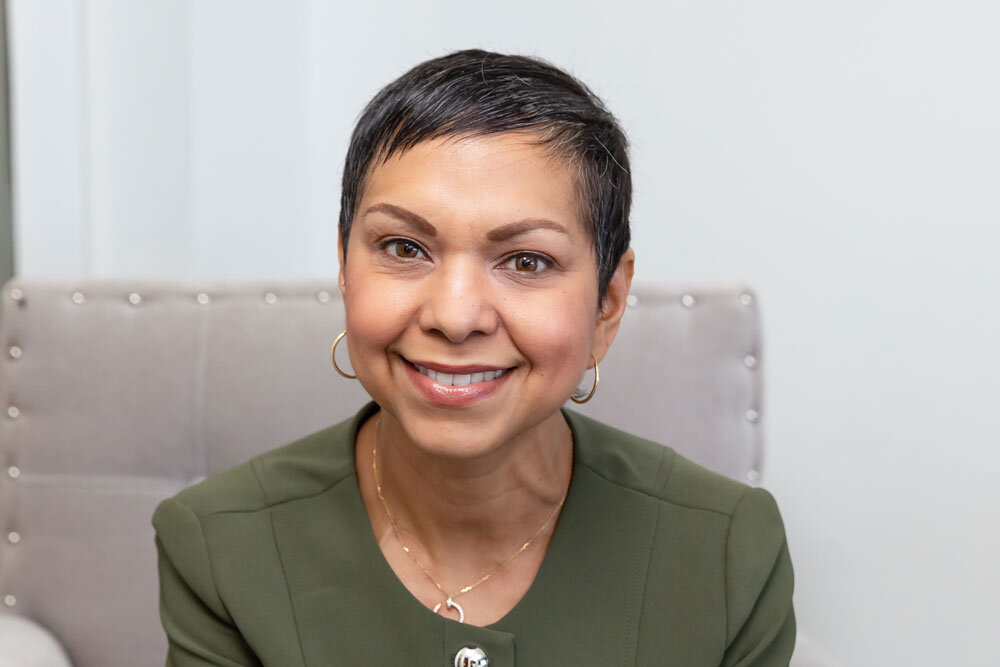Must-know tips to protect your hair and scalp during treatment.
Article at a Glance
- Cancer treatments will likely have an effect on your skin, nails, and hair
- It helps to understand what might happen and how you can care for yourself
- Losing hair can be the hardest part for many — we’ve included tips on how you can move forward
One of the most visible challenges with the various medications you’ll receive during your treatment are the effects these can have on your skin, nails, and hair. While these vary depending on the medications, as well as your specific skin, nail and hair type, most patients will experience at least some degree of visible change. Because you already have enough to deal with in managing cancer, it can be helpful to have some sense of changes to your body you might experience, along with a few helpful tips at the ready so that you can be your best you!
As you begin your specific treatment, it is important to understand the possible side effects associated with the chemotherapy medications and to have a plan as to what will be best for you in managing those side effects. In this article, we are specifically focusing on the impact to your hair.
For most women, the prospect of losing their hair as a result of chemotherapy is one of the most frightening and surreal aspects of the entire cancer journey.
And while one may think that the cancer itself is overwhelming in and of itself, the layered complexity of hair loss and the ramifications it can have, are often of equal measure.
I absolutely know how this feels from my own personal experience, and I can tell you, there are ways to get through it.
I won’t romanticize it — it will be tough, but you can do it.
My hair has always been a large part of how people saw me. From childhood, all the way to high school (where in spite of my quest for NON-popularity), I was actually voted “prettiest hair”; to my adult years, where people often asked me where I got my hair done, it’s always been a topic of conversation.
And so, I think you can imagine the initial difficulty for me when it began to fall out (in large chunks) during my first regimen of chemotherapy, and I had to shave my head.
That day, June 26th, 2019, when my hairstylist shaved my head is one I will never forget. She was amazingly supportive and all the while she shaved it, she kept saying “America’s Next Top Model.” A moment that was both endearing and emotionally excruciating. I cried, and then I stopped, and I felt I would be ok again, and it would be ok again, and so shall it be for you.
3 most common changes to the hair during your cancer treatment:
Hair loss (either entirely or in spots)
Hair thinning (either overall or in spots)
Texture or color (either turning curly, straight, becoming brittle, lighter, or darker)
3 initial steps you can take to make it better:
1 | Embrace your hair loss, if indeed it happens
It is a very difficult part of the overall process and no words that anyone can lend will make it any easier, so the best approach is to understand what happens and be prepared for how it will work best for you. This is a very personal aspect of the cancer journey and therefore must be individualized with great care.
For some people, shaving their head is a moment of triumph or even defiance over the cancer. For others, it is an incredibly sad and often overwhelming experience. For some people, wearing a wig becomes something they feel they need and that then opens up a whole host of considerations. While we are not addressing wigs in this article, we do have information about wigs in our Beauty Room, for those interested in learning more.
But in this space, my best guidance to you is to try to embrace the hair loss and take a moment to live with yourself in that loss, so that you and only you can then decide what is right for you. I never thought I could feel okay with losing my hair, especially because within three weeks of starting what would be my first regimen of chemotherapy, it was falling out in large clumps and random spots all over my head. And yet, somehow, after I shaved my head, I slowly started to become comfortable with how it felt and began to feel less obsessed about what had happened to my beautiful and thick hair.
“I guess the best way I can describe it is this: I let it go because I had no control over it.”
I can’t stress enough that confronting this loss is a difficult step but one you must get your head around and prepare for as you begin the process of planning your treatments and your care.
Now, take a deep breath, release it, embrace this step, and let it go.
2 | Protect and take extra care of your hair and your scalp:
One of the mistakes to avoid early on and really throughout your journey is to ignore your scalp if your hair falls out, or to ignore what hair you may have if it thins out. Your scalp and whatever hair you have must be cared for with even more care than you gave your full head of hair.
That means, even if your head is bald, you should gently shampoo and condition it on a regular basis.
Be sure to massage it gently, as that activates your hair follicles and circulation and helps to keep your scalp nourished. It also prevents skin peeling or scabs that can otherwise form.
Once again, try coconut oils, and if you are not sensitive, it is a great base for not only nourishing the hair, but also helping it to grow; similarly, Castor Oil is also very good for strengthening the hair and helping it grow. I never knew of Castor oil and was initially confused, as it sounded so close to “Castrol oil,” which is used for cars! So don’t get the two mixed up! Castor oil actually does work on hair!
It’s also extremely important is to use sunscreen if you are out without a hat, as your scalp will be extremely sensitive and must be protected.
3 | Adapt to these changes, and be gentle with your hair
For most people, hair grows back after treatment concludes and for many, the growth is strong and healthy. That said, sometimes the texture or color changes and this requires you to adapt. Do not rush to color or treat your hair once it begins to grow back after your treatments have concluded.
Take the time to find a good and trustworthy hairdresser who knows how to handle post-chemo hair and can help ensure you are not prematurely treating or coloring your hair. It will be extremely delicate, and you should take time to let it grow and recover well before considering doing anything by way of chemicals. If you color too soon, it can sometimes turn orange, or fall out because of the harshness of the chemicals. It is often best to first allow hair to grow a bit and then trim it before coloring, such that the chemo elements are out of the follicles.
If you are receiving ongoing treatments that may cause hair loss or hair thinning, take care to be very gentle with your hair and you may just consider going natural for a while. This is a decision I made as my hair began to grow back.
Additionally I decided to keep my hair in a pixie haircut and allow it to be natural, which for me is mostly black hair with peppered grey. Again, this is a highly personalized decision and one that I took my time to make, but once I did, I found that it actually suited me and more people compliment the pixie/salt and pepper look I have now, than any other hairstyle I previously fashioned.
Key Takeaway
And so, if you take nothing else away from this article, please consider this: take time to really take care and oil what may feel like surface items: your skin, your nails, and your hair, because that surface runs deep. This will help how you feel overall, now and as you move forward in your healing journey — in more ways than you may realize in this very moment. Trust me, I know.
With love,
Amelia O.






